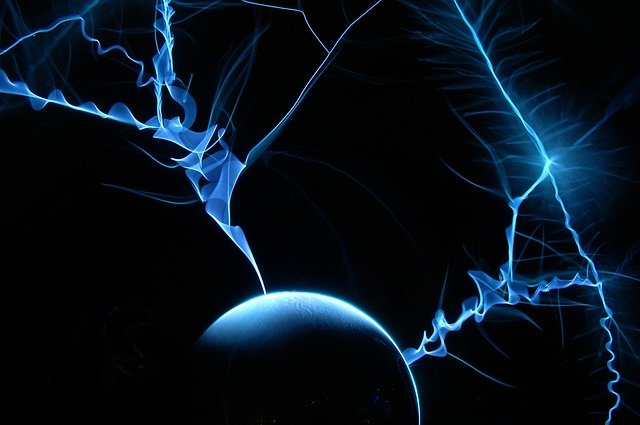What is arc quenching?
Arc quenching is a critical aspect of circuit breakers, ensuring safe and efficient interruption of electrical currents. When current-carrying contacts open, an arc forms between them due to ionization of the medium. This glowing arc acts as a conductive path, preventing immediate interruption. To safeguard equipment and personnel, effective arc quenching methods are essential.

What is an Arc?
An arc occurs during the opening of current-carrying contacts in a circuit breaker. As the contacts separate, the medium between them becomes highly ionized. The path heats up, resulting in a visible glow—the arc. As long as the arc persists, current continues to flow through the circuit breaker.
The Science Behind Arc
Thermal Ionization of Gas
At room temperature, gas contains free electrons and ions due to ultraviolet rays, cosmic rays, and radioactivity. However, their numbers are insufficient for efficient conduction. When exposed to a strong electric field, free electrons accelerate toward higher potential points. As the temperature increases, gas molecules disassociate into atoms, leading to ionization. This ionized gas, known as plasma, becomes conductive due to sufficient free electrons.
Ionization due to Electron Collision
Despite the presence of free electrons and ions, they alone cannot sustain electrical conduction. When these free electrons encounter a strong electric field, they move toward higher potentials. The kinetic energy gained during collisions can extract electrons from gas atoms, further ionizing the gas.
Methods of Arc Quenching
- High Resistance Method:
- In this method, the resistance of the arc path is rapidly increased, causing the arc to cease.
- Techniques include using circuit breakers, current zero-crossing, magnetic fields, and cooling gases.
- Low Resistance Method (Current Zero Method):
- The goal is to achieve current zero by reducing the arc’s resistance.
- Controlled arcing faults or other mechanisms help extinguish the arc.
Few Specific Arc Quenching Techniques in circuit breakers
1. Vacuum Circuit Breakers (VCBs)
- How it Works: VCBs use a vacuum as the interrupting medium. When the contacts open, the vacuum prevents re-ignition of the arc.
- Advantages: No ionization, minimal maintenance, and high dielectric strength.
- Applications: High-voltage systems, substations, and industrial installations.
2. SF6 (Sulfur Hexafluoride) Circuit Breakers
- How it Works: SF6 gas extinguishes the arc by absorbing its energy. It forms stable compounds, preventing re-ignition.
- Advantages: Excellent dielectric properties, compact design, and reliable performance.
- Applications: High-voltage transmission lines, power plants, and switchgear.
3. Oil Circuit Breakers
- How it Works: Oil surrounds the arc, cooling and deionizing it. The oil absorbs energy, extinguishing the arc.
- Advantages: Effective arc quenching, low maintenance, and robust construction.
- Applications: Medium-voltage systems, transformers, and distribution networks.
Arc quenching technologies play a pivotal role in ensuring safe and reliable circuit breaker operation. Engineers continually innovate to enhance arc extinction methods, balancing speed, safety, and reliability.